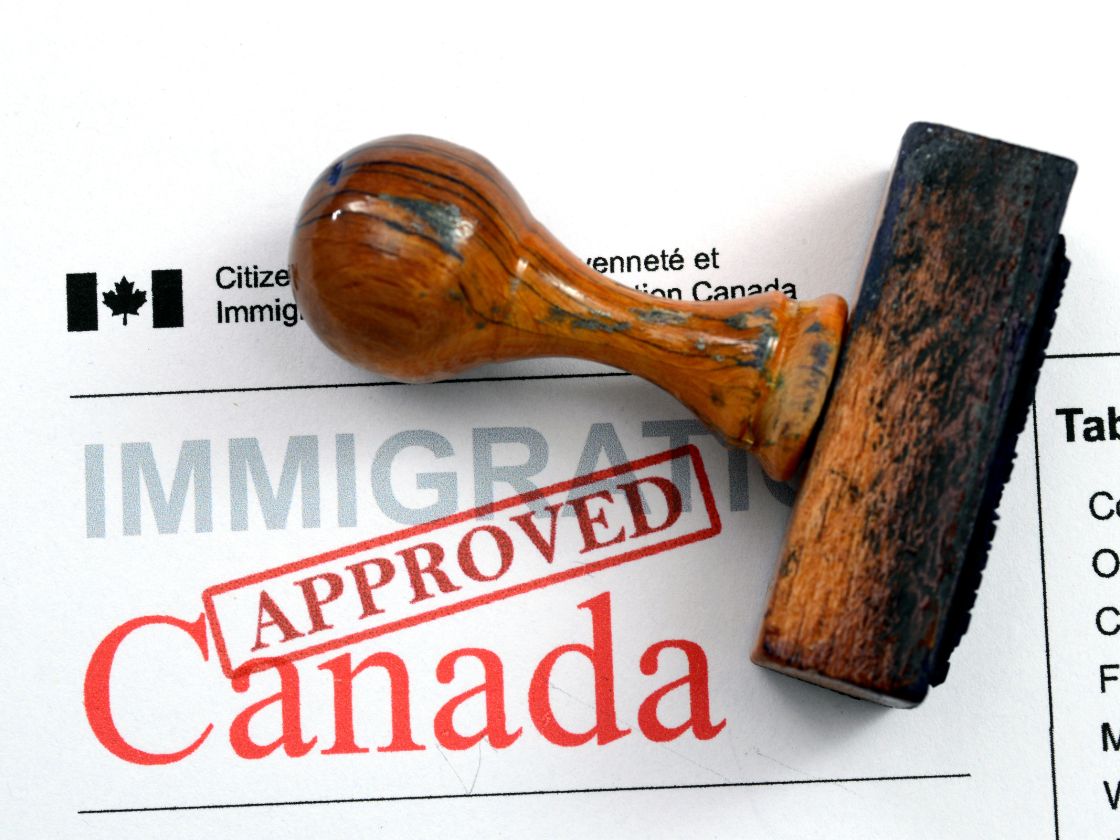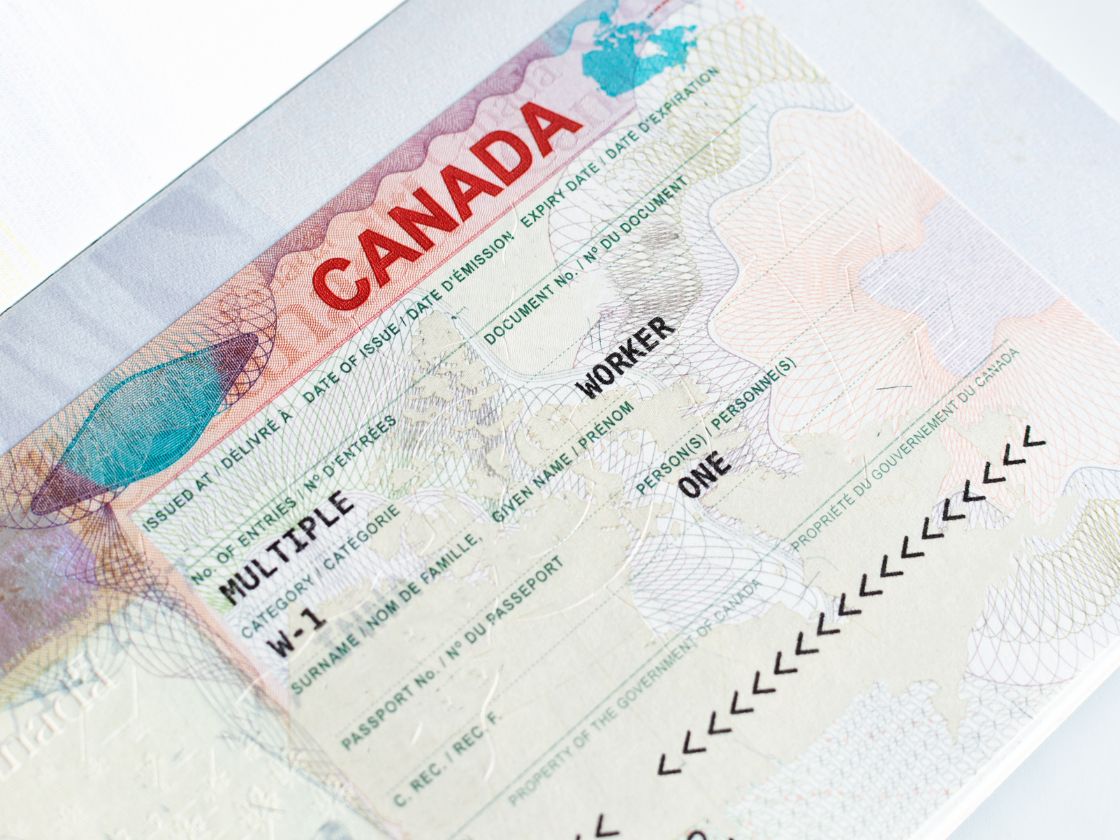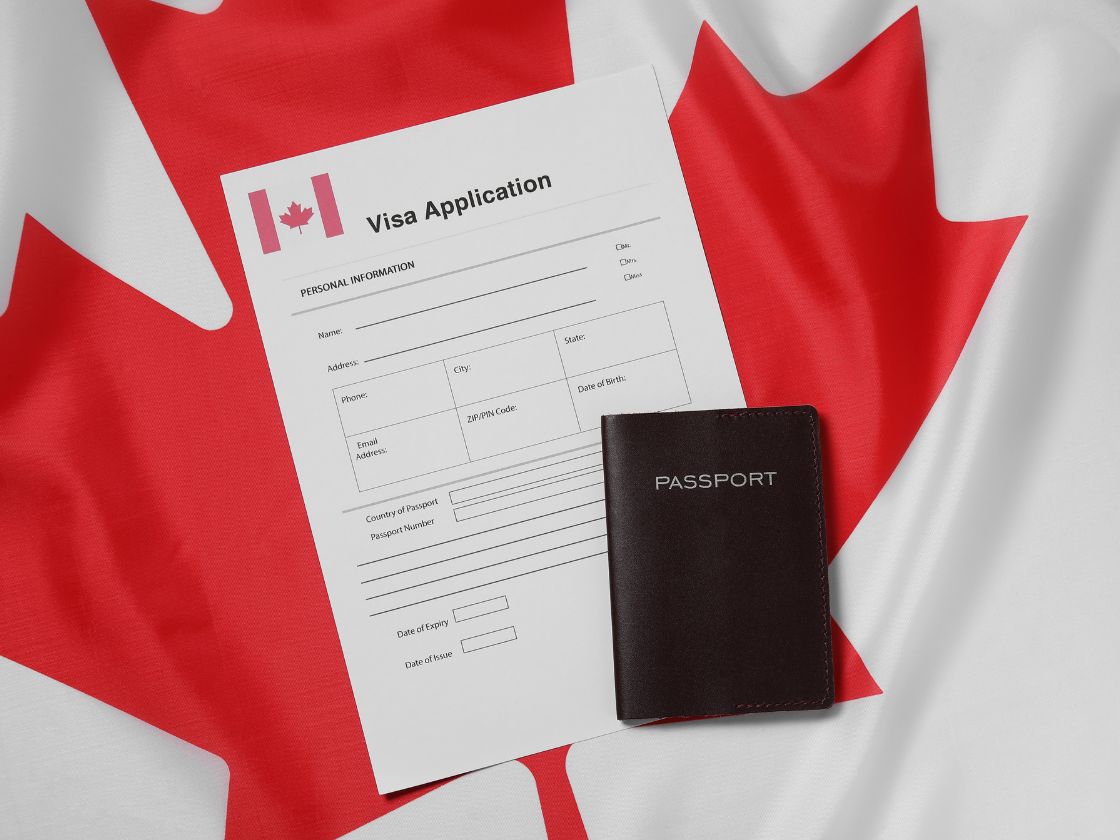Are you planning a trip to Canada and puzzled by the maze of visa categories? Navigating visa requirements can be daunting, but understanding the essentials is crucial for a smooth entry. In “Visa Requirements for Canada: Essential Insights,” we’ll untangle the key visa categories, from visitor to study and work permits, and clarify for whom exemptions apply. We’ll also delve into the crucial role of the Electronic Travel Authorization (eTA) for certain travelers. This comprehensive guide is your go-to resource for all things related to Canadian visas, ensuring you’re well-prepared for your journey.
Table of Contents
ToggleUnderstanding Visa Categories for Canada

Canada categorizes visas primarily into three types based on the purpose of the visit: visitor visas, study permits, and work permits. Visitor visas cater to individuals traveling for tourism or short-term business engagements. Study permits are designed for those pursuing educational opportunities in Canadian institutions, while work permits facilitate employment in the country. Each visa type has specific requirements and eligibility criteria, which generally include proof of financial stability, a valid passport, and documentation supporting the purpose of the visit. Notably, citizens from certain countries, including the United States, may not require a visa for entry but must obtain an Electronic Travel Authorization (eTA).
- Visitor Visa: For tourists or business travelers not requiring long-term stays.
- Study Permit: Needed for international students enrolled in Canadian educational institutions.
- Work Permit: Required for individuals seeking employment in Canada, with various sub-categories based on job type.
- Visa Exemptions: Certain nationals, such as U.S. citizens, can enter Canada without a visa but must secure an eTA.
- Special Permits: Includes Super Visas for extended family visits and temporary resident permits for specific cases.
The eTA is crucial for nationals from visa-exempt countries like the United States. It serves as an entry requirement for air travel to Canada, ensuring that travelers have met the necessary security and identity checks before boarding a flight. While the eTA process is generally straightforward and can be completed online, it is essential for travelers to ensure its approval before their departure to avoid any entry complications.
Canada Visa Application Process: A Step-by-Step Guide
Applying for a Canadian visa involves a structured process, which can be initiated through online submission or by visiting a Visa Application Center. Applicants must provide documentation supporting their purpose of visit, financial stability, and identity. The process requires attention to detail, as incomplete or incorrect submissions can lead to delays or rejections.
Online Application Submission
The online portal for Canadian visa applications is the most efficient method, allowing applicants to fill out required forms such as the IMM 5257 for a visitor visa. This digital platform requires users to create an account, complete the applicable forms, upload necessary documents, and pay the visa fees. The system guides applicants through each step, ensuring all essential information is collected before submission.
Biometric Data Collection
Biometrics are an integral part of the Canadian visa application process, enhancing the security and identity verification of applicants. This process involves collecting fingerprints and a photograph, which must be submitted at designated biometric collection points. Applicants will receive a Biometric Instruction Letter with details on how and where to provide their biometric data once their application is submitted online.
Application Processing
Once all documents and biometrics are submitted, the application is processed by Immigration, Refugees and Citizenship Canada (IRCC). The IRCC reviews the application to ensure compliance with Canadian visa requirements. Processing times typically range from two to three weeks for visitor visas, though this can vary based on the applicant’s country of origin and the type of visa. It is crucial for applicants to ensure that all provided information is accurate and complete to avoid processing delays.
Required Documents for Canadian Visa Applications

To apply for a Canadian visa, applicants must prepare a set of essential documents that demonstrate their eligibility and the purpose of their visit. Key documents include a valid passport, a completed visa application form, and recent passport-sized photographs. Financial support is crucial, necessitating bank statements, employment records, or proof of assets to show sufficient funds for the duration of the stay. Depending on the visa type, a letter of invitation might be necessary, particularly for those visiting family or attending business meetings. Additional documentation may apply for specific visas, such as study or work permits, where proof of enrollment or employment offer letters are required.
| Document Type | Purpose |
|---|---|
| Passport | Identity verification and travel legitimacy |
| Financial Proof | Demonstrate ability to support oneself financially during the stay |
| Application Form | Official request for visa processing |
| Photographs | Identity verification and documentation |
| Letter of Invitation | Required for certain visa types, such as business or family visits |
Complete and accurate documentation is a critical aspect of the visa application process. Inaccuracies or omissions can lead to delays or denials, emphasizing the need for thorough preparation. Documents must be current and valid, reflecting the applicant’s financial stability, travel intentions, and personal information. Double-checking all submissions ensures that the application meets the stringent requirements set by Canadian immigration authorities, facilitating a smoother entry process.
Eligibility Criteria for Different Canadian Visas
To be eligible for a Canadian tourist visa, one must demonstrate a genuine intention to return to their home country after traveling to Canada. This involves presenting proof of financial support to cover expenses during the stay and establishing strong ties to their home country, which could include family connections, employment, or property ownership. Required documentation also includes a valid passport and a clear purpose of travel, such as tourism or visiting family.
For individuals seeking employment in Canada, a Work Permit is essential. Eligibility criteria for obtaining a work permit include having a valid job offer from a Canadian employer and meeting specific qualifications or skills required for the job. Applicants must also provide proof of financial capacity to support themselves and any dependents. Those already in Canada and applying for permanent residence may qualify for a bridging open work permit, allowing them to continue working while their permanent residence application is being processed.
International students looking to study in Canada must apply for a study permit. Eligibility requirements for a study permit include an acceptance letter from a designated learning institution in Canada, proof of sufficient funds to cover tuition and living expenses, and a clear intention to leave Canada upon completion of studies. Supporting documentation for a study permit application typically involves financial statements, proof of previous educational achievements, and a valid passport.
Understanding Canadian Visa Fees and Processing Times
Canadian visa fees vary based on the type of visa being applied for. The cost of a visitor visa is typically around CAD 100, whereas study and work permits can vary significantly, often reflecting the complexity and duration of the application process. For example, a study permit might include additional costs tied to educational institutions, while work permits could incur fees based on the specific type of employment and associated requirements. It’s crucial for applicants to check the latest fee structures as these can change periodically.
- Visa Type: Different visas have varying processing times due to their unique requirements.
- Applicant Origin: Applicants from different countries may experience different processing durations.
- Application Volume: High application volumes can lead to longer processing times.
- Document Completeness: Incomplete applications often result in extended processing periods.
Processing times for Canadian visas can range from a few weeks to several months. This variance is influenced by factors such as the applicant’s country of origin and the type of visa being applied for. For instance, tourist visas generally have shorter processing times than work permits, which may require more detailed background checks and employer verifications. Applicants should also consider seasonal fluctuations in application volumes, as these can affect how quickly applications are processed.
Special Considerations for Canadian Visa Applicants

Certain applicants may qualify for visa exemptions or expedited processing based on specific conditions. Diplomatic travelers and those involved in official government business often receive exemptions due to their roles. Additionally, individuals seeking family reunification may experience expedited processing, especially if the family member in Canada holds a permanent residency or citizenship status. These exemptions streamline the process, allowing eligible individuals to enter Canada without the standard visa requirements.
- Diplomatic Travel: Diplomats and government officials often qualify for visa exemptions.
- Family Reunification: Special consideration is given to those reuniting with family in Canada.
- Specific Nationalities: Nationals from countries with special agreements may have simplified entry processes.
U.S. citizens are a prime example of travelers who do not require a traditional visa to enter Canada. Instead, they must obtain an Electronic Travel Authorization (eTA) when traveling by air. This authorization acts as a pre-screening measure, ensuring that travelers meet the necessary security and identity standards. While the eTA process is generally quick and straightforward, it is crucial for U.S. citizens to secure this authorization before their departure to avoid any travel disruptions.
Final Words
Navigating the visa requirements for Canada can initially seem complex, but a methodical approach simplifies the process. Understanding different visa categories, from visitor to work permits, ensures applicants choose the correct pathway. Following the step-by-step application guide, gathering essential documents, and meeting eligibility criteria increase the chances of a successful application.
Additionally, being mindful of fees and processing times is crucial. Special considerations might apply, particularly for U.S. citizens and specific exempt travelers. With proper preparation, entering Canada becomes an achievable goal, setting the stage for an enriching experience.
FAQ
Q: What are the requirements for a visa to Canada?
A: Visa requirements for Canada typically include a valid passport, completed application form, photographs, proof of financial means, and possibly a letter of invitation. These documents prove eligibility for a visa.
Q: Do you need a visa to visit Canada?
A: Visitors may need a visa depending on their nationality. Some nationalities require a visa, while others need an Electronic Travel Authorization (eTA) for entry. Confirm requirements before planning your visit.
Q: Which countries can travel to Canada without a visa?
A: Citizens of certain countries, such as the United States and several European nations, can enter Canada without a visa but may need an eTA. Always verify current entry requirements.
Q: Can U.S. green card holders travel to Canada without a visa?
A: U.S. green card holders do not require a visa to travel to Canada. However, an eTA is required if entering by air. Carry your green card and a valid passport when traveling.
Q: What travel documents do I need to travel within Canada?
A: When traveling within Canada, carry a valid government-issued photo ID and any travel tickets. If traveling by air, you may also need a boarding pass and any applicable travel itinerary.
Hazel Wall is a passionate traveler, writer, and explorer dedicated to sharing her experiences and insights with fellow adventurers. With a background in journalism and a deep love for discovering new cultures, Hazel has journeyed across continents, immersing herself in diverse landscapes and traditions.





